DrCarney.com Blog
Insulin Resistance Insulin Sensitivity
As a Type-1 Diabetic and due to the manner in which I learned to manage it, Insulin Resistance became a passionate topic for me as it is a fundamental element of metabolic control. I learned that the lower the insulin resistance, the less insulin I had to inject and the better I felt. However, it wasn’t until two and a half decades later that I discovered that there was actually a technical term for this metabolic relationship; Insulin Resistance.
What is insulin?
Insulin is a hormone that enables the metabolism (“burn rate”) of glucose. Insulin is produced by a portion of the pancreas and is secreted into the blood stream. It is produced in direct response to the level of glucose in the blood stream to regulate a near constant blood-glucose level. As glucose rises, more insulin is produced to burn the glucose into energy, as blood-glucose decreases, less insulin is produced.
What is Glucose?
Glucose is the simple sugar that is biology’s fuel.
What is insulin resistance?
Insulin resistance is an extremely common condition affecting almost every American, however it is rarely diagnosed. Most commonly, when it is diagnosed it is labeled under various other terms, including chronic fatigue syndrome. It is important to understand that insulin resistance is by degree and that everyone has it and that it is continuously variable and that it is lifestyle related and that it is reversible and that it is not genetic or something you catch or something you get and are stuck with. It is something to overcome.
There are two primary lifestyle elements that influence insulin resistance: food and exercise. Insulin resistance is variable in step with each of these, however, it is possible to become insulin sensitive (opposite of insulin resistant) with food alone. The object is to become insulin sensitive. The more insulin sensitive you are, the more energetic, healthy and vibrant you are.
How does it work?
Insulin resistance is when insulin is impeded from enabling metabolism of glucose. Insulin resistance could also be called energy resistance. Insulin resistance causes a delay between insulin production and cell metabolism. As blood-glucose rises, the pancreas increases insulin production in step. With insulin resistance, however, glucose is metabolized too slowly, allowing blood-glucose levels to continue to rise, prompting the pancreas to pump out even more insulin. Eventually, metabolism starts to catch up, but now the insulin level is too high, burning glucose too fast resulting in blood-glucose falling too low. This is called Hypoglycemia. Without insulin resistance; blood-glucose, insulin production and metabolism all respond in sync. With an in-sync metabolism, every part of your body functions at peak efficiency. That is where you feel the best; where you are never “tired” and where you crave physical effort just because it feels so good.
Foods that cause and elevate insulin resistance:
- Oil – any oil, any amount. There is no such thing as “a little bit”.
- Animal products – any, including meat, egg, cheese, milk, butter, yogurt, etc…
- Fat – any fat.
- Nuts
- Nut Butters
- Avocado
- Coconut
- Seeds
Foods that elevate insulin sensitivity:
Important – there are no foods that counteract or reduce the effect of foods that increase insulin resistance. Foods that increase insulin sensitivity only do so in the >absence of foods that increase insulin resistance.
- Vegetables and Leafy greens, especially Kale, spinach, etc.
- Beans, Legumes
- Whole fresh Beets, including steamed, but not pickled, etc.
- Root vegetables; Carrots, Parsnip, potatoes, beets, etc.
- Whole grains; Brown Rice, Whole wheat, Whole kernel corn, etc.
- Squash
- Fresh fruit
Foods that may spike blood-sugar if insulin resistance is high:
Note: sugar, of any type, does not cause or contribute to insulin resistance, however, if insulin resistance is already high, metabolizing sugar will be slow, resulting in blood sugar spikes.
- Any processed food; anything made with flour, anything out of a box or bag. Note: practically all processed foods are processed with oil. Products with “low fat” on the label are not required to actually be low fat.
- Sugary drinks
- Anything with processed sugar
- White potato (not a problem when insulin sensitive)
- White rice (not a problem when insulin sensitive)
- Dried fruit (not a problem when insulin sensitive)
Things other than food that reduces insulin resistance:
• Aerobic exercise
The object is to keep insulin resistance as low and insulin sensitivity has high as possible. The lower the resistance the more efficient your metabolism, the more energy you have, the healthier you are and the better you feel.
Keep total fat calories of every food item below 10%. Example: a 100 calorie food item should have less than 10 calories of fat. Fats are essential nutrients, however, no worries about too little fat. All fats are extremely concentrated. Except for starving to death, you simply cannot be fat deficient.
Keep total protein calories of any food item below 10%. Example: a 100 calorie food item should have less than 10 calories of protein. Proteins are essential nutrients, however just like fat, no worries about getting too little. (Note: the wide spread belief that protein is such a vital nutrient and that “the more the better” began several decades ago from a beef and dairy industry advertising campaign.) Click here for more information on protein.
Animal sourced protein causes insulin resistance by a different mechanism from fat. Instead of directly inhibiting insulin, it inhibits your efficiency by damaging the endothelium cell lining of the blood vessels, reducing nutrient and oxygen transfer. It also disrupts the immune system resulting in inflammation and autoimmune conditions among a long list of other issues. More information from Dr. Caldwell Esselstyn .
Initially, all this sounds very limiting – having to give up many or most of your beloved foods - but it is not. Not even a little bit. Here is what I learned about giving up damaging foods.
For more information about the popular medical analysis of insulin resistance, please see my blog post: Glycemic Index and Attention Span.
Maximizing insulin sensitivity by keeping total fat, of everything eaten below 10% and elimination of animal sourced products will give you a lifetime of liberating energy and feel-good. Among countless others, this is what happened to Ruth Heidrich. Her image, below, illustrates what insulin sensitivity feels like at 80 years of age:
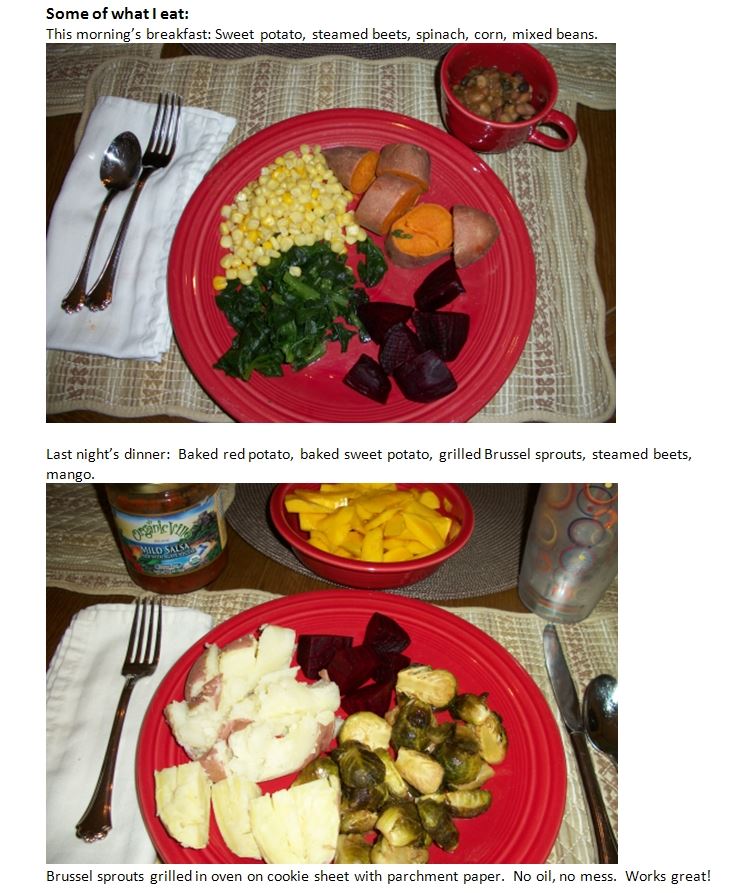
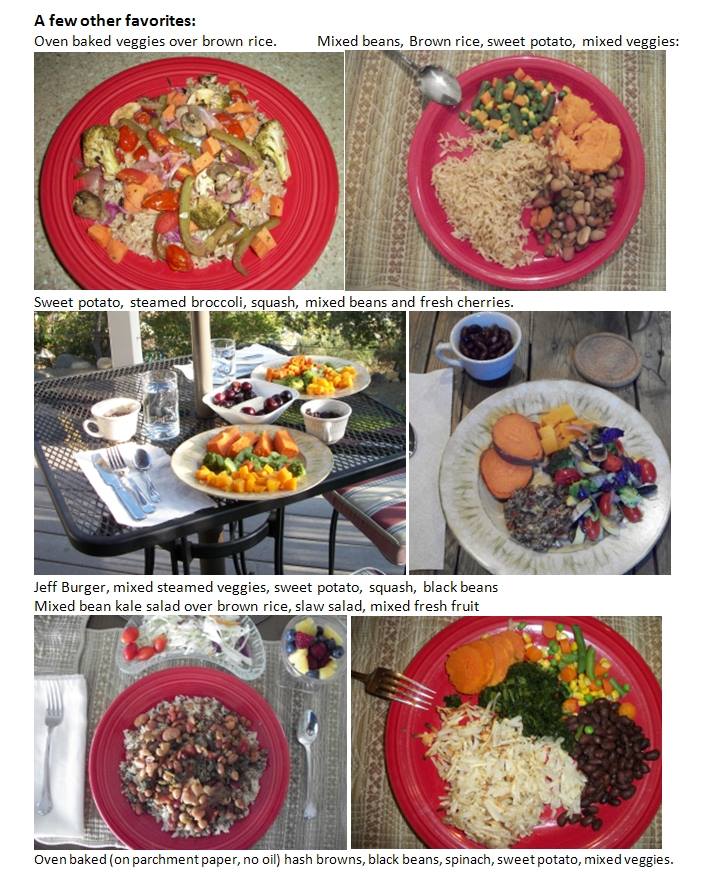
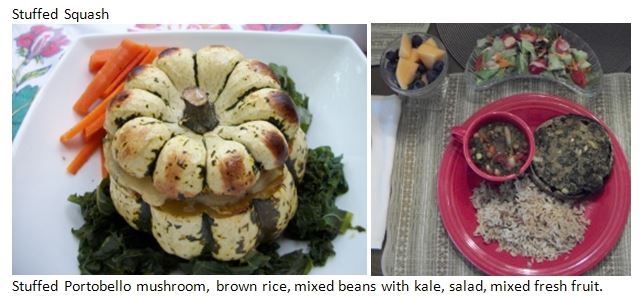
Cookbooks for Insulin Resistance Reduction:
While not evident by the titles, these two cookbooks are perfect for reducing and maintaining low insulin resistance. I mean seriously… these are gotta have cookbooks!!
Prevent and Reverse Heart Disease Cookbook
Happy Herbivore Light & Lean Cookbook
Recommended Media for Insulin Resistance Reduction:
Jeff Novick’s DVD’s
Chef A.J.
Dr. Carney
Handy website for fat calories data:http://nutritiondata.self.com/.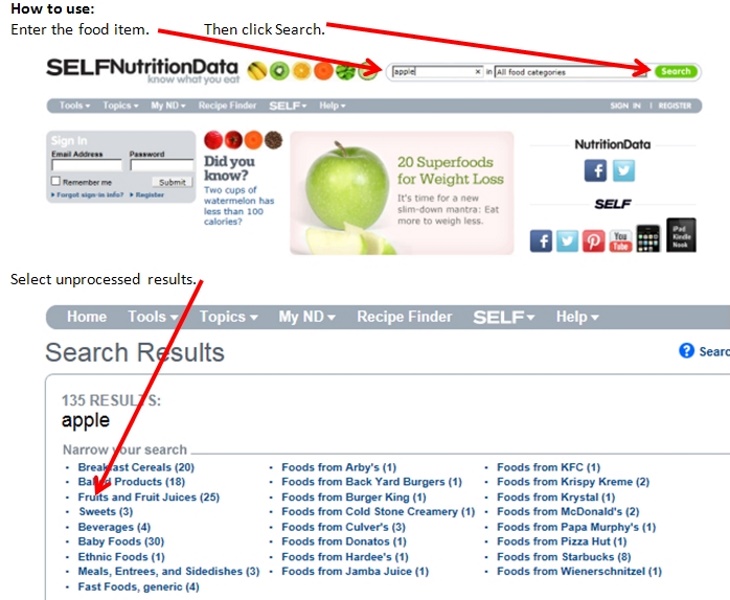
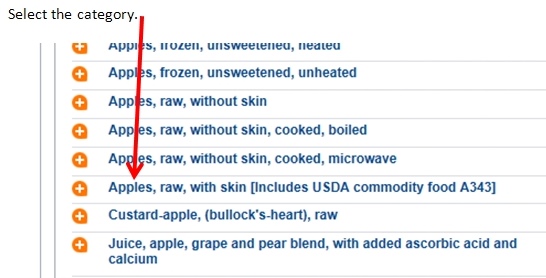
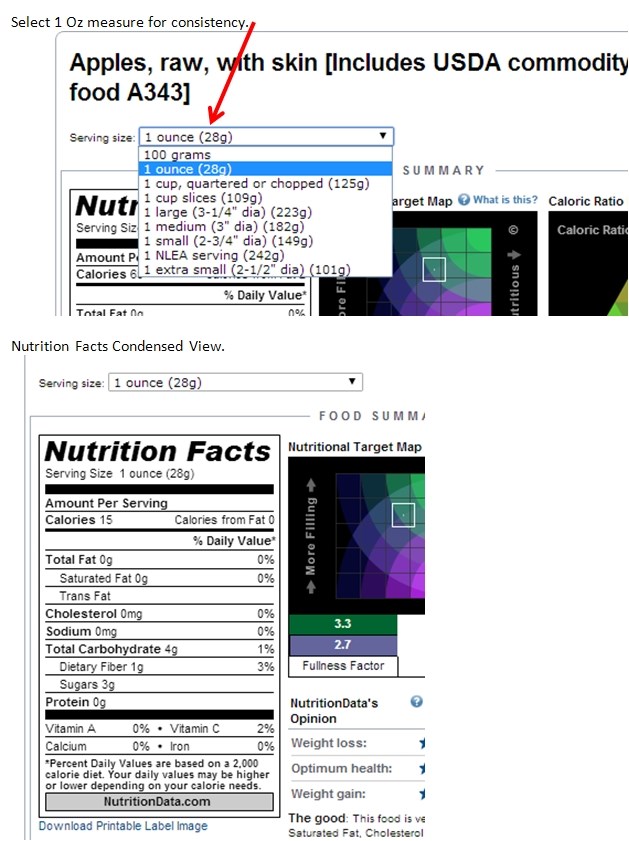
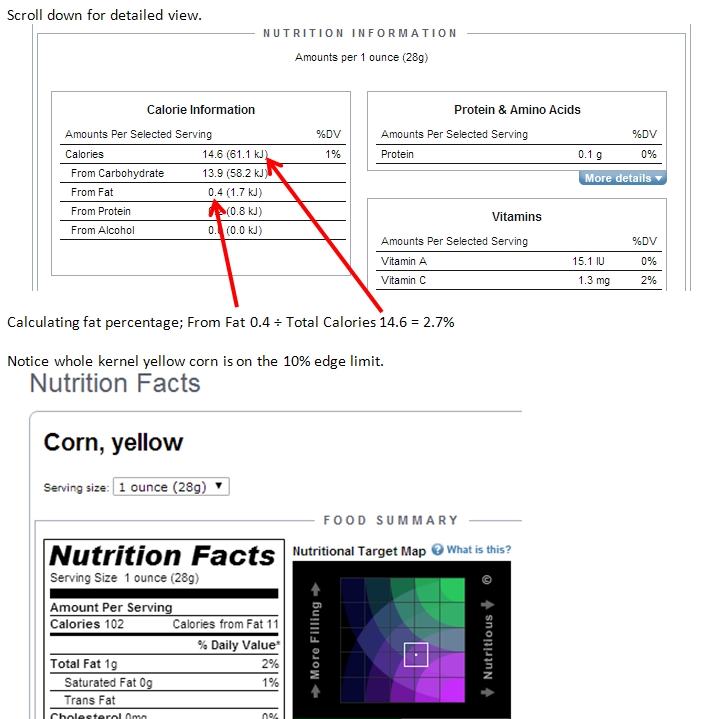
Disclaimer: Please understand that this writing is not medical advice and that I am not a medical professional in any capacity. This writing is only to share my experience and what I have learned from it.
DrCarney.com allows Member Blogs. Opinions in Member Blogs are views of the Member Blogger and not necessarily of Dr. Carney. Registered Users may request a FREE upgrade for blogging permission. Bloggers agree to support Dr. Carney's Starch-Smart-System.
When you subscribe to the blog, we will send you an e-mail when there are new updates on the site so you wouldn't miss them.




